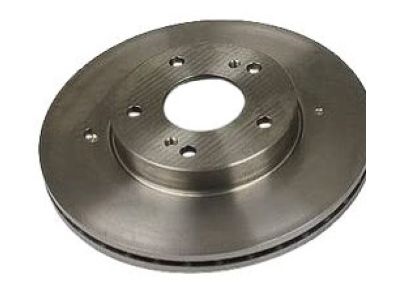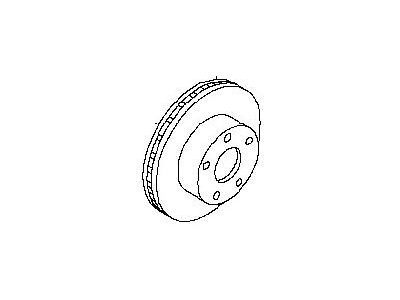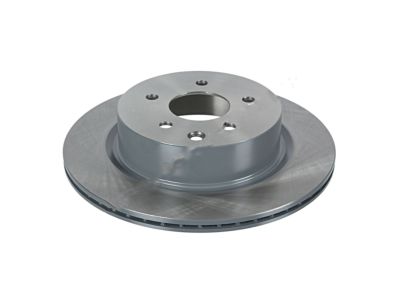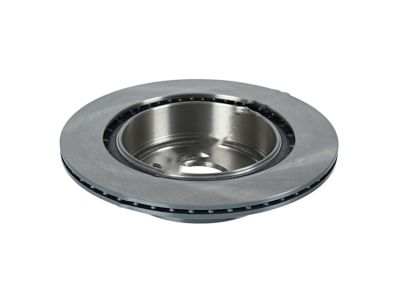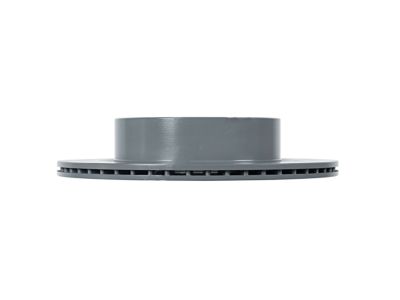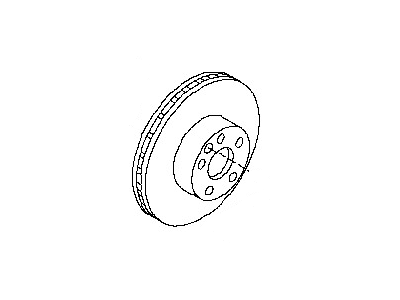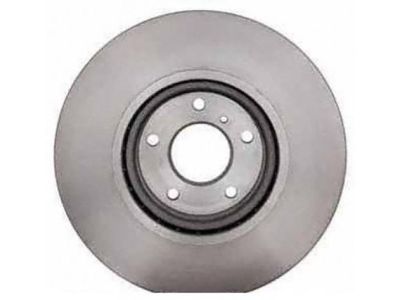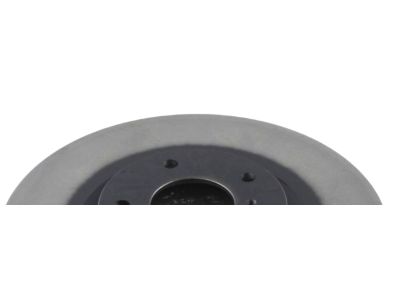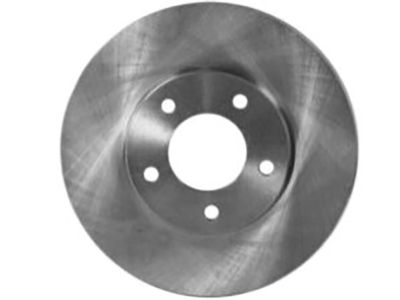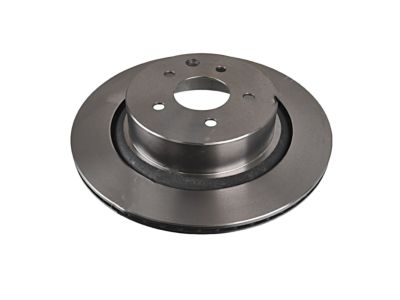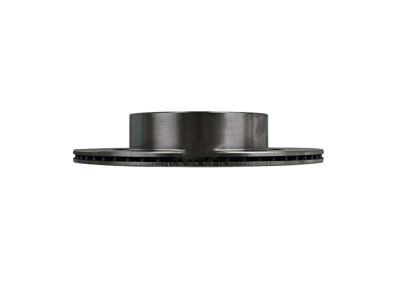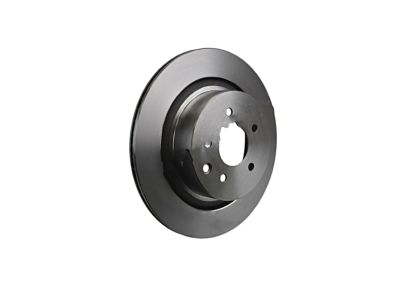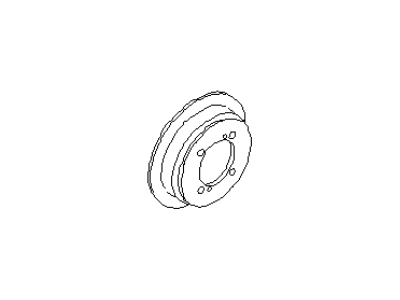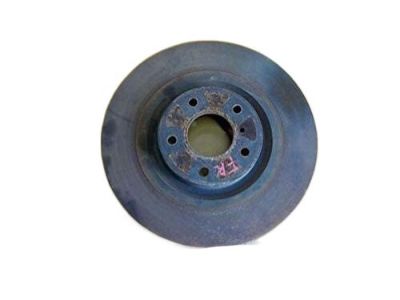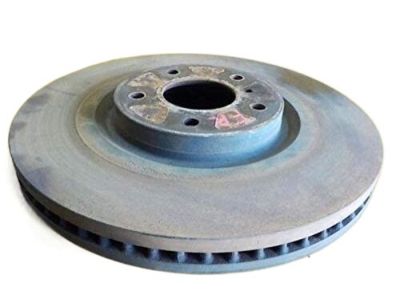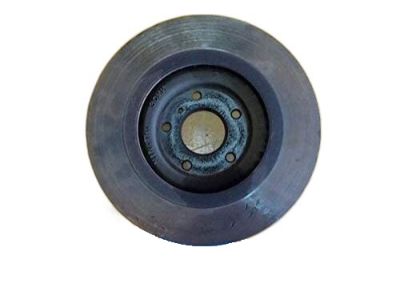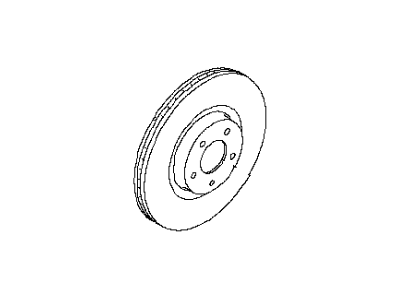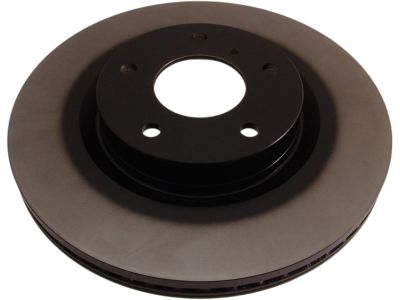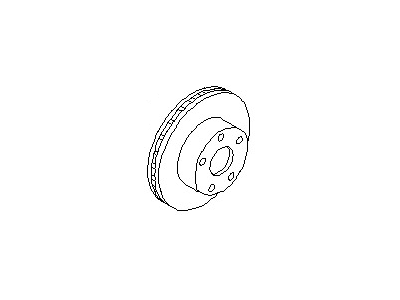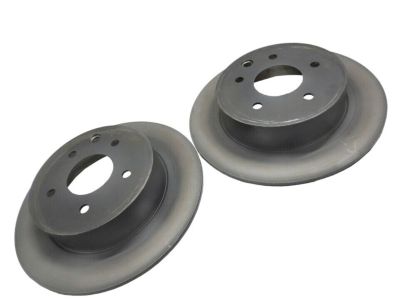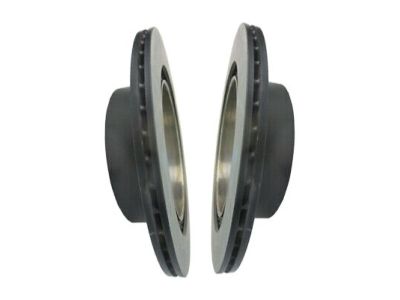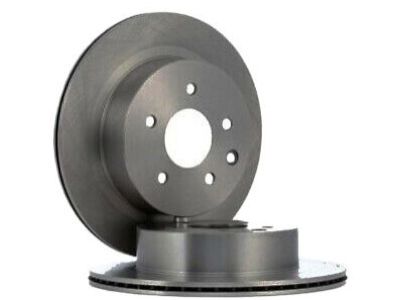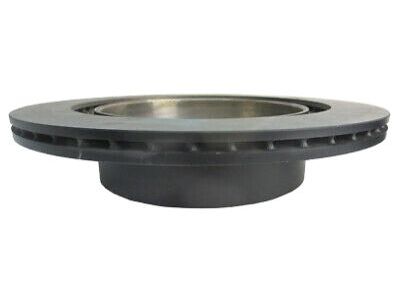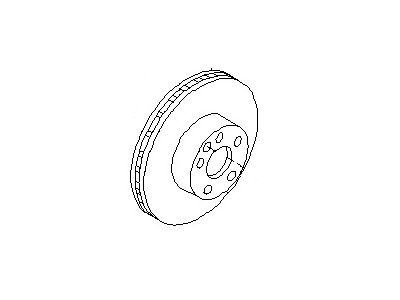
My Garage
My Account
Cart
Genuine Infiniti G35 Brake Disc
Disc Rotor- Select Vehicle by Model
- Select Vehicle by VIN
Select Vehicle by Model
orMake
Model
Year
Select Vehicle by VIN
For the most accurate results, select vehicle by your VIN (Vehicle Identification Number).
11 Brake Discs found

Infiniti G35 Rotor Disc Brake Front
Part Number: 40206-JL00A$80.60 MSRP: $125.92You Save: $45.32 (36%)Ships in 1-3 Business Days
Infiniti G35 Rotor-Disc Brake,Rear
Part Number: 43206-EG000$78.73 MSRP: $123.00You Save: $44.27 (36%)Ships in 1 Business Day
Infiniti G35 Rotor-Disc Brake,Front
Part Number: 40206-EG000$82.01 MSRP: $128.13You Save: $46.12 (36%)Ships in 1-2 Business Days
Infiniti G35 Rotor Brake
Part Number: 43206-JL00A$87.40 MSRP: $136.53You Save: $49.13 (36%)Ships in 1-3 Business Days
Infiniti G35 Rotor-Disc Brake,Rear
Part Number: 43206-JK600$93.77 MSRP: $127.58You Save: $33.81 (27%)Ships in 1-3 Business Days
Infiniti G35 Rotor-Disc Brake,Front
Part Number: 40206-JK600$92.06 MSRP: $125.25You Save: $33.19 (27%)Ships in 1-3 Business Days
Infiniti G35 Rotor-Disc Brake,Front
Part Number: 40206-AM800$76.81 MSRP: $120.00You Save: $43.19 (36%)Ships in 1-3 Business Days
Infiniti G35 Rotor-Disc Brake,Rear
Part Number: 43206-8H702$79.60 MSRP: $124.35You Save: $44.75 (36%)Ships in 1-3 Business DaysInfiniti G35 Rotor - Disc Brake, Front
Part Number: 40206-CD005$186.57 MSRP: $253.83You Save: $67.26 (27%)Ships in 1-3 Business DaysInfiniti G35 Rotor-Disc Brake,Rear
Part Number: 43206-CD005$186.57 MSRP: $253.83You Save: $67.26 (27%)Ships in 1-3 Business DaysInfiniti G35 Rotor-Disc Brake,Rear
Part Number: 43206-8H701$79.60 MSRP: $124.35You Save: $44.75 (36%)Ships in 1-3 Business Days
Infiniti G35 Brake Disc
Wondering where to find exceptional quality and economically-priced OEM Infiniti G35 Brake Disc? You are at the proper online store. We offer all genuine Infiniti G35 Brake Disc with a manufacturer's warranty at unbeatable prices. Order now and you can get brand-new parts at your door step with our fast shipping times.
Infiniti G35 Brake Disc Parts Questions & Experts Answers
- Q: How to inspect and replace brake discs (rotors) and perform related tasks in a Infiniti G35's braking system?A:Loosen the wheel lug nuts, raise the vehicle and support it securely on jackstands, then remove the wheel. Remove the Brake Caliper, suspending it out of the way with a piece of wire. Reinstall two lug nuts with washers to hold the disc securely against the hub, then visually check the disc surface for score marks, cracks and other damage. To check disc runout, place a dial indicator at a point about 1/2-inch from the outer edge of the disc and set the indicator to zero. An indicator reading that exceeds 0.003 inch could cause pulsation upon brake application and will require disc refinishing by an automotive machine shop or disc replacement. If disc refinishing or replacement is not necessary, deglaze the brake pad surface on the disc with emery cloth or sandpaper. The disc must not be machined to a thickness less than the specified minimum refinish thickness, which is cast into either the front or backside of the disc. Remove the caliper mounting bracket, mark the disc in relation to the hub, then remove the disc. Clean the hub flange and the inside of the brake disc thoroughly, then install the disc onto the hub assembly. Install the caliper mounting bracket and brake pads, then install the wheel and lower the vehicle to the ground. Tighten the wheel lug nuts, depress the brake pedal a few times to bring the brake pads into contact with the disc, then check the operation of the brakes carefully before placing the vehicle into normal service.
